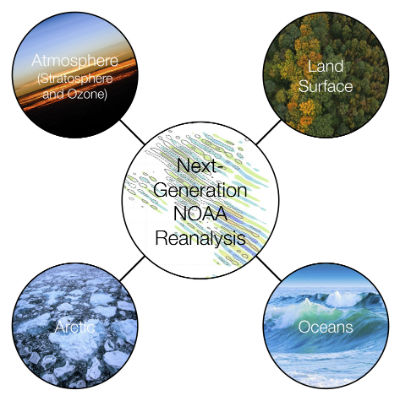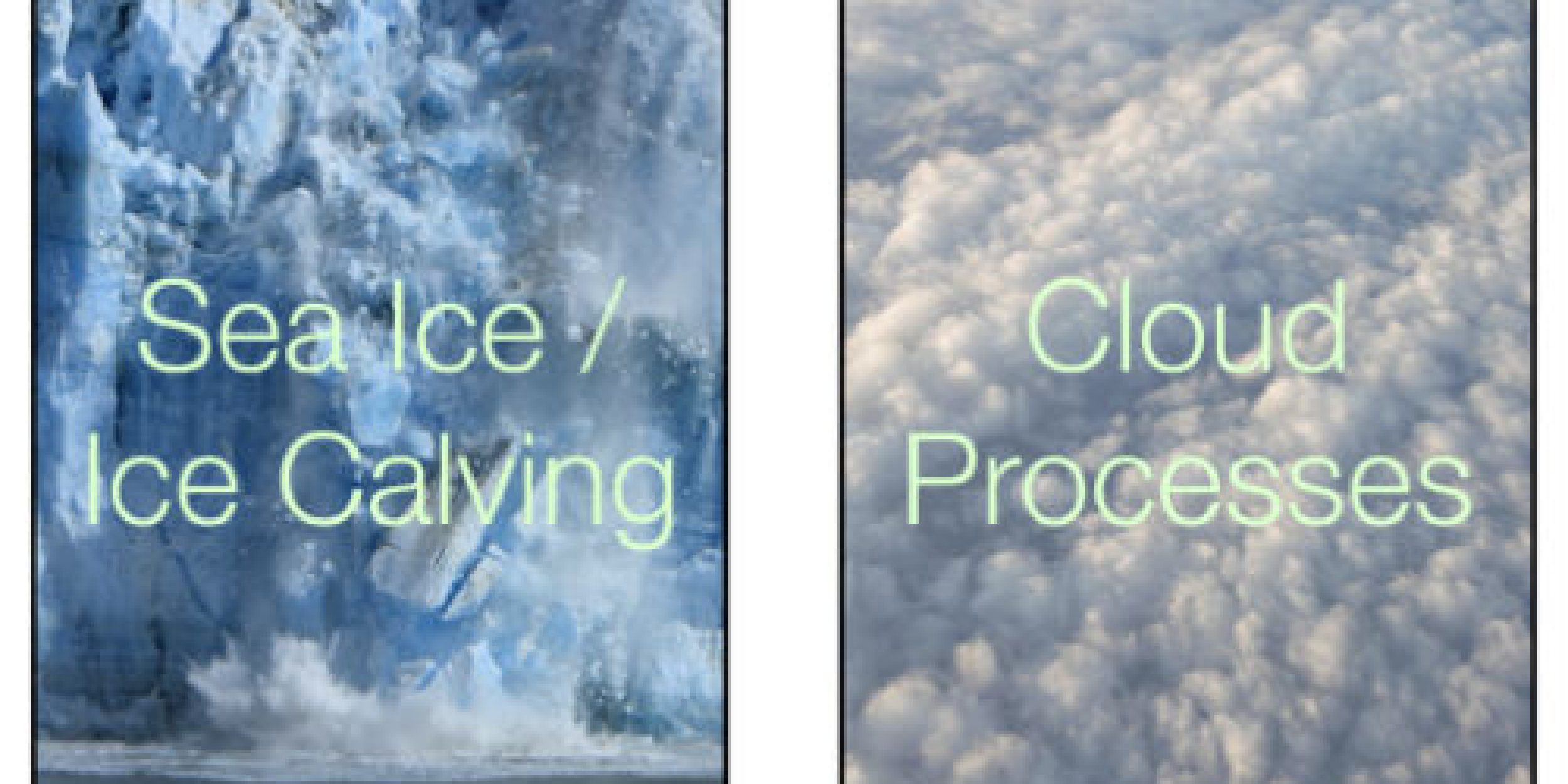NOAA’s Modeling, Analysis, Predictions, and Projections (MAPP) program has awarded $8.6 million to support 10 new multi-year projects in which university partners and federal researchers will incorporate real-world observations into climate models and improve processes in those models to enhance the nation’s ability to visualize, understand, and predict year-to-year climate variations. MAPP is a part of the Climate Program Office, situated within NOAA’s Office of Oceanic and Atmospheric Research.
“These new research projects are foundational to improving scientific understanding and prediction of climate variability,” said Annarita Mariotti, MAPP’s acting director. “NOAA’s mission is to enable the nation to plan and prepare for societal challenges created by climate-related impacts, such as changes in the occurrence of drought and other extreme weather and climate events.”
Specifically, MAPP funding will support targeted improvements in the representation of clouds and sea ice, critical elements of the climate system, in climate models. New MAPP-funded research will also lead to advances in “climate reanalysis.” Reanalysis blends models with real-world observations yielding in a consistent depiction of the historical state of the climate system. Climate reanalysis is a critical tool used by the science community to accelerate our understanding of climate processes, variability, and change.
MAPP funding strategically complements internal investments at NOAA’s Geophysical Fluid Dynamics Laboratory (GFDL), the Earth System Research Laboratory (ESRL), and the National Centers for Environmental Prediction (NCEP) by engaging the community external to NOAA to help achieve NOAA’s climate mission.
New multi-year projects to be funded in 2013 include:
Two Climate Process Teams (CPTs) to improve models’ representation of clouds ($2.5M total)


Project titles and external investigators:
- “CPT to improve cloud and boundary layer processes in GFS/CFS.” Chris Bretherton, University of Washington; and Joao Teixeira, NASA JPL;
- “A CPT for improving turbulence and cloud processes.” Steve Krueger, University of Utah, David Randall, Colorado State University, and Peter Bogenschutz, NCAR.
A climate process ream to improve the representation of ice sheets and the formation of ocean icebergs ($1.3M)
Calving, a process by which large chunks of ice break off ice sheets and join the ocean circulation, contributes to sea level and alters the composition and circulation of ocean waters. This project will improve the representation of ice calving in climate models, reducing uncertainties in ice-related impacts on the climate system.
Project title and external investigators:
- “Collaborative research: representing calving and iceberg dynamics in global climate.” David Pollard, Penn State University; Jason Amundson, University of Alaska Southeast; Leigh Stearns, University of Kansas; and Jeremy Bassis, University of Michigan.
A Climate Reanalysis Task Force for research to advance Climate Reanalysis ($4.8M)


Project titles and external investigators:
- “Strategies to improve stratospheric processes in climate reanalysis.” Fabrizio Sassi, NRL;“Exploration of advanced ocean data assimilation schemes at NCEP.” Jim Carton, University of Maryland;
- “Evaluating CFSR air-sea heat, freshwater, and momentum fluxes in the context of the global energy and freshwater budgets.” Yu Lisan, Woods Hole Oceanographic Institution;
-
“Improving the land-surface components of the Climate Forecast System Reanalysis (CFSR).” Dennis Lettenmaier, University of Washington;
- “Diagnosing and quantifying uncertainties of the reanalyzed clouds, precipitation and radiation budgets over the Arctic and SGP using combined surface-satellite observations.” Xiquan Dong, University of North Dakota; and
- “Improving the prognostic ozone parameterization in the NCEP GFS and CFS for climate reanalysis and operational forecasts.” John McCormack, NRL.
Projects related to model development involve partnerships with the NCEP’s Climate Test Bed and NOAA GFDL. The Climate Reanalysis Task Force, initiated by the MAPP program and involving investigators funded through the new MAPP reanalysis projects described above, involves partnerships with the NOAA ESRL Physical Sciences Division and NCEP.



